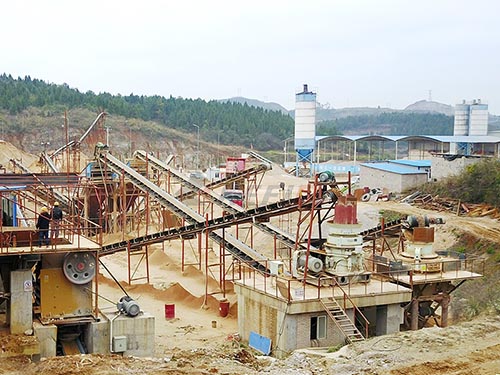The Koppers Crusher: Engineered for Demanding Material Reduction
In the gritty world of industrial material processing – particularly within coke production and coal handling – robust and reliable equipment isn’t just desirable; it’s essential for efficiency and profitability. Among the specialized machinery developed for these demanding tasks stands the Koppers Crusher. While less commonly a household name outside heavy industry circles, its design principles represent a focused solution for specific size reduction challenges.
Origins and Purpose:

The Koppers name carries significant weight in industries related to carbon materials and chemicals, particularly coke production and coal tar distillation. It was within this context that specialized crushers were developed or adopted under the Koppers banner to address critical process steps:
1. Coke Plant Feed Preparation: Raw coal delivered to coke ovens often requires consistent sizing before charging into ovens. Oversized lumps can lead to uneven coking, poor oven wall pressure distribution, reduced oven life, and suboptimal product quality.
2. Coke Handling: After coking is complete, pushing the hot coke from the oven often results in large chunks (“oven coke”) that need further crushing into a more uniform product size suitable for blast furnaces or foundries.
3. Coal Processing: Similar sizing needs exist in other coal-based operations or power generation facilities where consistent feed size optimizes combustion or downstream processes.
Design Philosophy: Strength and Simplicity
The hallmark of equipment associated with the Koppers name in this context tends towards ruggedness and functionality suited for harsh environments:
Heavy-Duty Construction: Built to withstand constant impact from hard materials like metallurgical coal or dense coke lumps.
High Capacity: Designed to handle large volumes of material typical in integrated steel plants or major coke facilities.

Size Reduction Mechanism: While specific designs evolved over time (including single roll, double roll/twin roll crushers), a common principle involved crushing through compression or shear forces between rotating elements (rolls) or against breaker plates.
Double Roll/Twin Roll Crushers: Often featured prominently due to their ability to produce a more controlled product size with less fines generation compared to hammer mills – crucial when minimizing ultra-fine particles (“fines”) is important for blast furnace permeability.
Durability Features: Incorporation of wear-resistant alloys on critical components like rolls or breaker plates was essential due to the highly abrasive nature of coal and coke.
Maintenance Accessibility: Recognizing operational realities, designs

Leave a Reply